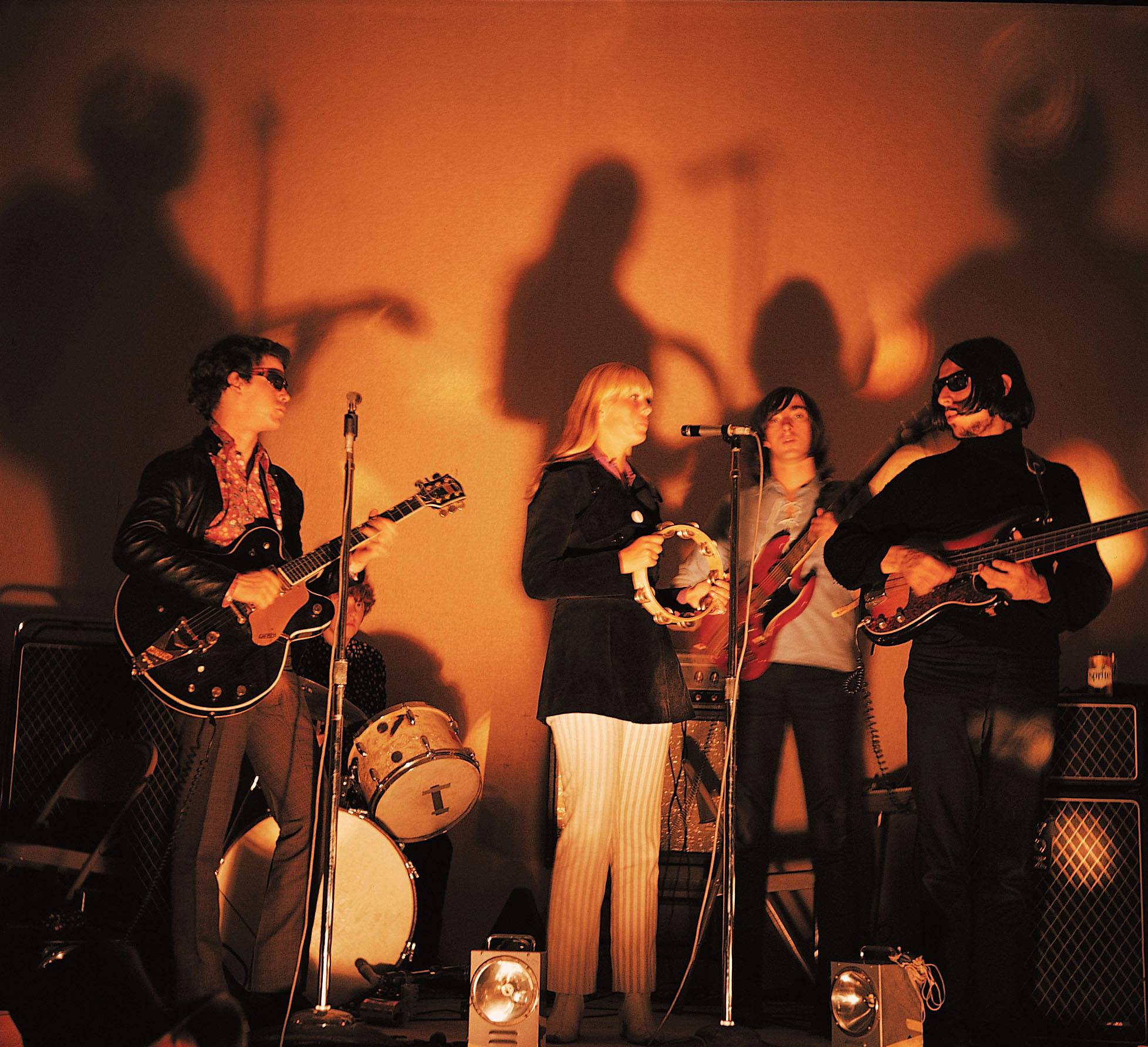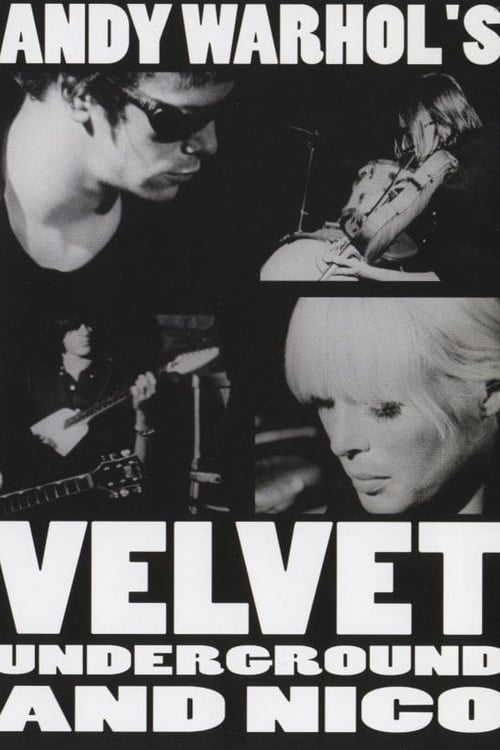

He just sat there and said “Oooh, that’s fantastic,” and the engineer would say, “Oh yeah! Right! It is fantastic, isn’t it?”” Of course he didn’t know anything about record production-but he didn’t have to. In a sense, he really did produce it, because he was this umbrella that absorbed all the attacks when we weren’t large enough to be attacked… and as a consequence of him being the producer, we’d just walk in and set up and do what we always did and no one would stop it because Andy was the producer. In 1989, Lou Reed reasoned why Warhol deserved that accolade in an interview with Musician: “He just made it possible for us to be ourselves and go right ahead with it because he was Andy Warhol. John Cale told an interviewer, “Andy Warhol didn’t do anything.” Even though Warhol is listed as the album’s producer, it would certainly be too great a leap to even imagine him sitting at the mixing desk and barking at Reed for another vocal take. The band recorded most of the debut album in a few days in Scepter, a decrepit recording studio, for less than $3000.

He insisted that they feature the stunning German chanteuse who had wow-ed the uber-cool Factory family with her detached glamour, Nico. Warhol also took on managerial duties for VU and after a host of rejections, he managed to secure them a record deal with MGM/Verve. The Velvets became the nexus of Warhol’s Exploding Plastic Inevitable and around their performance revolved visual media such as films and a relentless light show which forced the band to wear sunglasses on stage, and in the process created even more of a mystique. Listen: Colleen ‘Cosmo’ Murphy on ‘ The Velvet Underground & Nico’ on Classic Album Sundays on Worldwide FM His Factory denizens then thought it would be a great idea to add music and VU fit the bill. Warhol had been working on a multimedia idea for his Film Festival in which he wanted to project the films onto the actors onstage. They may have faded into obscurity if Andy Warhol hadn’t been in the audience one particular night. With former Syracuse University colleague and intellectual Sterling Morrison and the quiet younger sister of a friend Moe Tucker solidifying the line-up, the Velvet Underground secured a residency at Cafe Bizarre in 1965. The two bonded over music and also (in Reed’s words) ‘dope’, and started jamming and writing songs that would later appear on The Velvet Underground albums.

Asked to perform his single ‘The Ostrich’ on television, Reed had to quickly assemble a real band and brought in John Cale with whom he had had a chance meeting.

Under the moniker The Primitives, Reed had a small hit with a record he quickly penned for Pickwick who wanted to cash in on the dance craze sweeping America in the mid-Sixties. The Velvet Underground was founded by two contrarians: Lou Reed, a middle class Jewish kid with a troubled upbringing and a BA in English who churned out pop fodder for Pickwick Records, and John Cale, a Welshman who had performed with La Monte Young’s Theatre of Eternal Music (an ensemble famous for holding a single note for several days and screaming at a plant until it died) and was over in New York City on a Leonard Bernstein scholarship to study classical viola. And even though they were derided by the critics and sold very few albums during their lifespan, they later influenced nearly every indie rock band from Sonic Youth to The Strokes. They were the anti-‘anti-establishment’ and in contrast to sunny California, they resided within the urban decay of New York City’s Lower East Side, instead of festivals, city dwellers danced to their music at the New York Society for Clinical Psychiatry, and rather than hallucinogens, they celebrated heroin. But there was a band that resolutely bucked the trend. The era of the late Sixties usually brings to mind the West Coast, naked hippies cavorting in festival grounds, flower power, psychedelia and LSD. “I just wanted to cram everything into a record that these people had ignored which left me everything.” – Lou Reed to Joe Smith for blankonblank


 0 kommentar(er)
0 kommentar(er)
